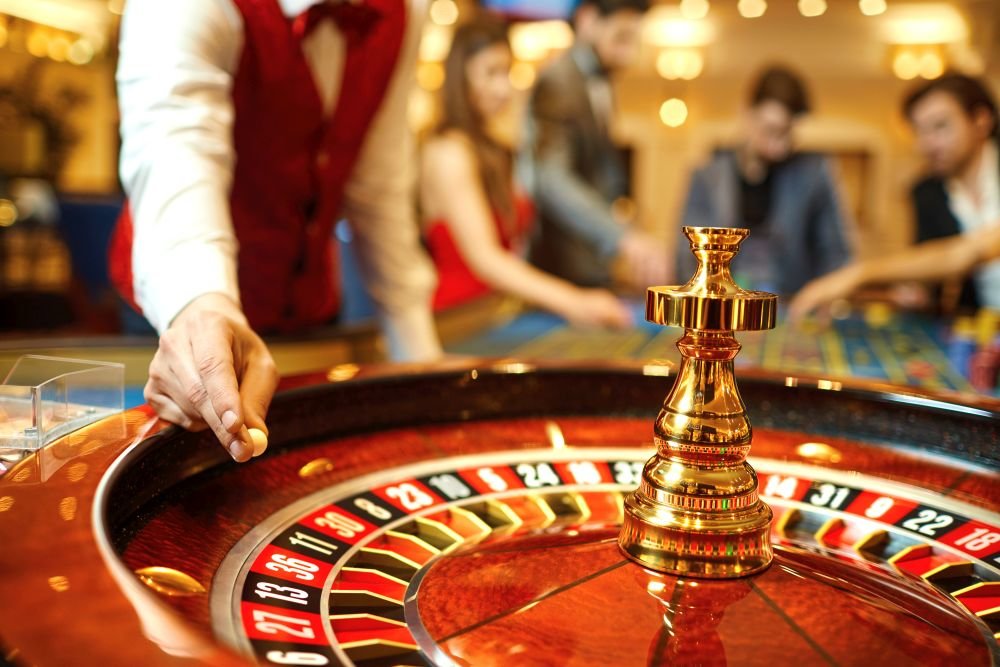How Gaming Establishments Employ Shade and Layout to Attract Gamers

Within the lively and stimulating world of gaming establishments, wherein luck and tactics intertwine, color and design play a pivotal role in attracting gamblers. From the moment visitors step into a casino or access a gaming platform, they are immersed in a visual feast that grabs their attention and entices them to discover more. Vivid colors, captivating graphics, and innovative layouts are carefully crafted to create an atmosphere of excitement and expectation, ultimately improving the gaming experience.
While players navigate through the dynamic landscape of casino games, they encounter a variety of designs that not only serve visual purposes but also affect feelings and decision-making. Colors like red and yellow symbolize riches and luck, while calm navy and greens can create a much relaxed environment. Understanding how these elements work together allows casinos to create an welcoming and energizing atmosphere that encourages players to interact with the games, spend more time at the tables, and increase their general enjoyment.
The Science of Color in Casino Games
Tint plays a critical role in the development of gaming experiences, affecting players’ feelings and responses. Bright and striking shades, such as red and yellow, are often used to ignite enthusiasm and attract attention. These hues create a feeling urgency and energy, encouraging participants to involve themselves more readily with the activity. By thoughtfully selecting tints, developers aim to evoke feelings of satisfaction and expectation, which can enhance the overall player experience.
Different hues also have psychological meanings that can influence how gamblers perceive their odds of victory. For case, green is often associated with fortune and prosperity, making it a well-liked choice in games like roulette and poker games. This link can result gamblers to feel more hopeful and self-assured in their play, ultimately motivating them to stake more. Grasping these links allows game creators to create environments that enhance player enjoyment and loyalty.
Moreover, the layout of gambling game interfaces often employs gradients and differing shades to instruct players’ responses. For case, successful results may be accentuated with bright, opposing shades, creating a visual cue. This technique strengthens favorable outcomes and promotes repeated participation. By exploiting color psychology, gambling establishments can create games that not only attract players but also hold them involved and invested in their game experience.
Design Features that Attract Players
The visual appeal of casino games is primarily influenced by the implementation of vibrant colors. Lively and contrasting colors are deliberately chosen to create an inviting atmosphere that grabs interest. For example, reds and golds often signify luck and prosperity, which is why they are prevalent in the color schemes of slot machines and game surfaces. These colors not only draw players in, but they also stir emotions associated with excitement and anticipation, enhancing the overall gaming experience.
In parallel to color, the design and layout of gambling games play a crucial role in player attraction. non GamStop casino Games are designed to be user-friendly, ensuring that players can quickly understand the guidelines and mechanics. User-friendly interfaces, along with captivating graphics and motion, help maintain player interest and promote extended play sessions. The tactile elements, such as the texture of the controls and the sounds of the games, also add to a comprehensive sensory experience that keeps players engaged.
Finally, conceptual elements in game design can greatly influence gaming decisions. Many gambling games are inspired by popular culture, fairy tales, or exploration motifs, featuring symbols and characters that connect with players. These themes create a sense of engagement and relatability, making each game feel unique. When players feel a connection to the concept, they are more likely to choose that game over others, leading to increased participation and enthusiasm within the casino environment.
Case Studies: Effective Casino Table Game Designs
One key example of impressive casino game design is the acclaimed slot machine series based around blockbuster movies. Games such as those based on the The Wizard of Oz and Game of Thrones utilize vibrant colors and top-notch graphics to immerse players in well-known narratives. The application of lively visuals and captivating sound effects captures the interest of players, establishing an emotional connection to the theme. This tactic merely promotes longer play but also improves the overall gaming experience, resulting in increased player retention.
Another effective case is the use of color in table games like blackjack and roulette. Casinos often create these games with deep reds and greens, colors traditionally connected with luck and wealth. For instance, the emerald felt on a blackjack table provides a relaxing effect, while the crimson accents in roulette invite anticipation. This intentional use of color helps to foster an inviting atmosphere that stimulates players to participate, fulfilling their psychological impulses and increasing their enjoyment.
Finally, online casino games that include social features and bright, colorful designs have experienced remarkable success in engaging players. Games like Zynga Poker and Slotomania leverage vivid colors and playful animations to establish an inviting online environment. The inclusion of leaderboards, social sharing options, and in-game rewards encourages competition and community, drawing players in for longer sessions. Such designs not only make the games visually enticing but also emphasize social interaction, a vital factor in player retention and engagement within digital casino environments.
